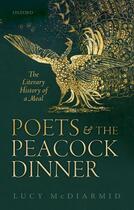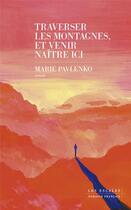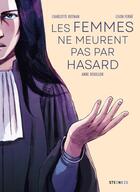-
Nombre de pages : (-)
-
Collection :
(-)
-
Genre :
(-)
-
Thème :
Non attribué
-
Prix littéraire(s) :
(-)
Résumé:
The Irish Art of Controversy is what serious scholarship should be: meticulously informed, lucid, original. I enjoyed every page.' - Samuel Hynes, Princeton University North American customers should order from Cornell University Press. 'Lucy McDiarmid brilliantly identifies five dramas of... Voir plus
The Irish Art of Controversy is what serious scholarship should be: meticulously informed, lucid, original. I enjoyed every page.' - Samuel Hynes, Princeton University North American customers should order from Cornell University Press. 'Lucy McDiarmid brilliantly identifies five dramas of cultural change in Ireland in the years before independence, narrating them in all their complexity, tragedy, and comedy. Vividly original, written with verve, wit and meticulous scholarship, The Irish Art of Controversy will be essential reading for anyone who cares about the Irish history, literature, or politics of the last hundred years.' - Angela Bourke 'Lucy McDiarmid's studies of Yeats and Lady Gregory have already established her among the most illuminating interpreters of the turbulent Ireland of a century ago. Here she casts further light on the period through her riveting account of five major controversies that excited that extraordinary generation.' - J.J. Lee, New York University Controversies are high drama: in them people speak lines as colourful and passionate as any recited on stage. In the years before 1916, public battles were fought in Ireland over French paintings, Dublin slum children, and theatrical censorship. Controversy was 'popular,' wrote George Moore, especially 'when accompanied with the breaking of chairs'. In her new book, Lucy McDiarmid gives a lively account of these and other controversies. They offered to everyone direct or vicarious involvement in public life: the question they articulated was not 'Irish Ireland or English Ireland' but whose 'Irish Ireland' would dominate when independence was finally achieved. The Irish Art of Controversy recovers the histories of 'the man who died for the language,' Father O'Hickey, who defied the bishops in his fight for the Irish language; Lady Gregory and Bernard Shaw's defence of the Abbey Theatre against Dublin Castle; the 1913 'Save the Dublin Kiddies' campaign, in which priests attacked socialists over custody of Catholic children; and the contested Hugh Lane Bequest to Dublin of thirty-nine Impressionist masterpieces. Roger Casement forms the subject of the last chapter, which offers the definitive commentary on the long-lasting controversy over his diaries. In its original treatment of what Yeats called 'intemperate speech', The Irish Art of Controversy suggests new ways of thinking about modern Ireland and about controversy's bluff, bravado and improvisational flair.
Donner votre avis















